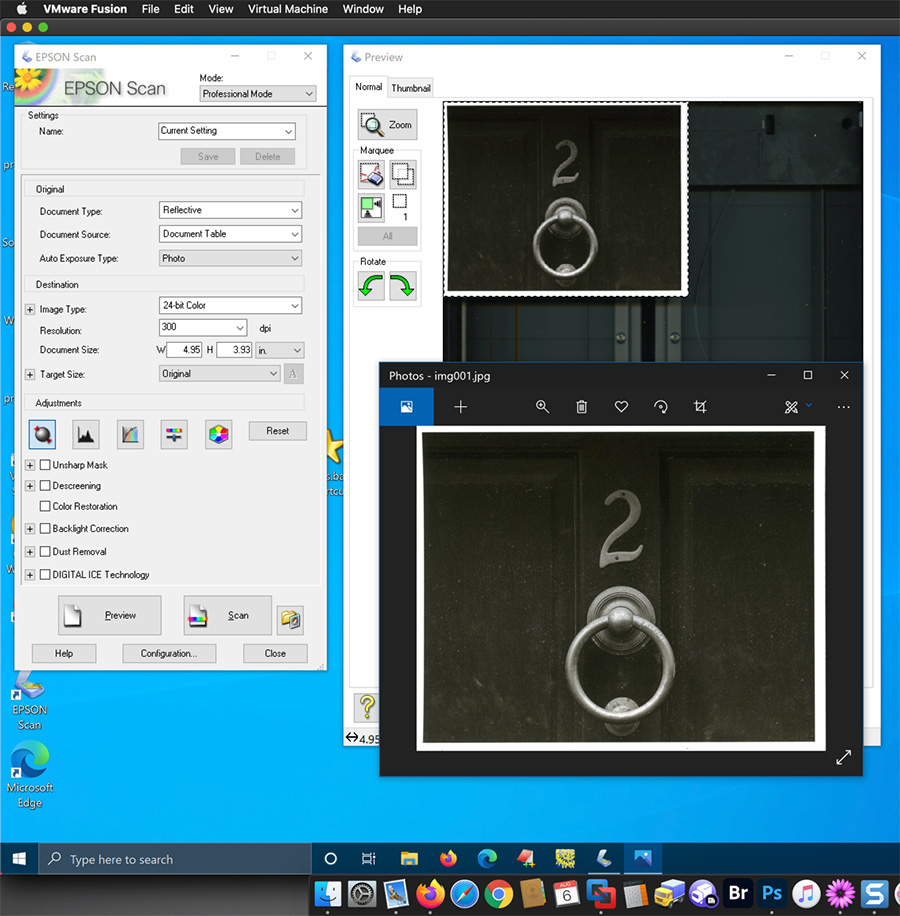

- #MAC CATALINA VMWARE FUSION BLACK SCREEN HOW TO#
- #MAC CATALINA VMWARE FUSION BLACK SCREEN MAC OS#
- #MAC CATALINA VMWARE FUSION BLACK SCREEN INSTALL#
- #MAC CATALINA VMWARE FUSION BLACK SCREEN FULL#
- #MAC CATALINA VMWARE FUSION BLACK SCREEN DOWNLOAD#
#MAC CATALINA VMWARE FUSION BLACK SCREEN FULL#
If I moved the VM to the second monitor and ran xrandr again it detected the second virtual screen! I then made the VW full screen on the second monitory and selected "Use all screens in fullscreen" again and it worked! I had the bottom panel on the second screen rather than the primary but I can fix that. I then made Arch full screen and selected "Use all screens in fullscreen" and had exactly the same problem as before, both screens went blank. focuses on particularly operating systems, Windows, macOS, Android, IOS, Virtual machines, And so on. I thought I had made an error installing VMware tools but this was actually a separate issue, solved by disabling the "KScreen 2" service. is one of the most successful and trustworthy Tech knowledge hub. I was then unable to change resolution, every time I did it would change for a moment then revert back to the default.
#MAC CATALINA VMWARE FUSION BLACK SCREEN INSTALL#
I started again with a clean install of Arch following the instructions you provided and installed VMWare Tools. I downloaded the xubuntu-18.04.3-desktop-amd64.iso I installed it, everything seems fine the way to the end. Please can someone offer some advice to a new Arch user? Thanks! macOS Finder lets the macOS Catalina users access the files without need of. Ubuntu on VMWare Fusion keep showing black screen on load - macOS Catalina Asked 3 years ago Modified 3 years ago Viewed 765 times 0 I'm trying to install latest Xubuntu on my VmWare Fusion on macOS Catalina.
#MAC CATALINA VMWARE FUSION BLACK SCREEN HOW TO#
I have spent hours Googling and can't figure out how to fix this. When it asks for the permission on Screen Recording, allow it.
#MAC CATALINA VMWARE FUSION BLACK SCREEN DOWNLOAD#
Virtual8 disconnected (normal left inverted right x axis y axis) Download the version Fusion 11.1.0 (exact) from VMWare. If you recently upgraded to macOS Catalina and you encounter a blank screen problem with the virtual window and not having the option for enabling Screen Recording for VMware Fusion in. Download the version Fusion 11.1.0(exact) from VMWare. GOTCHA 2: If youre using a non-Apple keyboard the guest may not recognize Cmd+R. Virtual7 disconnected (normal left inverted right x axis y axis) Here is how I solved the black screen problem of my VMWare Fusion 10 before the official KB. Virtual6 disconnected (normal left inverted right x axis y axis)

Virtual5 disconnected (normal left inverted right x axis y axis) Virtual4 disconnected (normal left inverted right x axis y axis) Virtual3 disconnected (normal left inverted right x axis y axis) Virtual2 disconnected (normal left inverted right x axis y axis) Virtual1 connected primary 2560x1600+0+0 (normal left inverted right x axis y axis) 0mm x 0mm It looks like Arch is not detecting my second monitor as when I do "xrandr" from the terminal I get: When I chose "Use All Displays in Full Screen" both of my monitors go black but I can still see the mouse and move the mouse between the monitors. Arch is working fine full screen on my main monitor.
#MAC CATALINA VMWARE FUSION BLACK SCREEN MAC OS#
Go to top menu and choose Utilities and then Terminal.I'm running Mac OS Catalina with an Arch virtual machine installed under VMware Fusion 11.5.5. Go to Recovery Mode (hold CMD+R when computer starts until you see an Apple logo).Ĩ. Solution :-Install the latest version of the VMware Fusion (11. macOS Catalina: What You Need to Know How to Connect Magic Keyboard to a. I am running VMware Fusion 8.5 and the Screen Recording permission was never ask. After macOS starts normally open /Applications/Utilities/Terminal.app and paste this commands: All Macs, including the iMac, will use Apple Silicon chips by the end of 2022. Go to top menu and choose Apple Logo and the Restart.Ħ. Go to top menu and choose Utilities and then Terminal.ĥ.

Restart computer and go to Recovery Mode (hold CMD+R when computer starts until you see an Apple logo).ģ. After hours of research this solution works for me:Ģ.


 0 kommentar(er)
0 kommentar(er)
